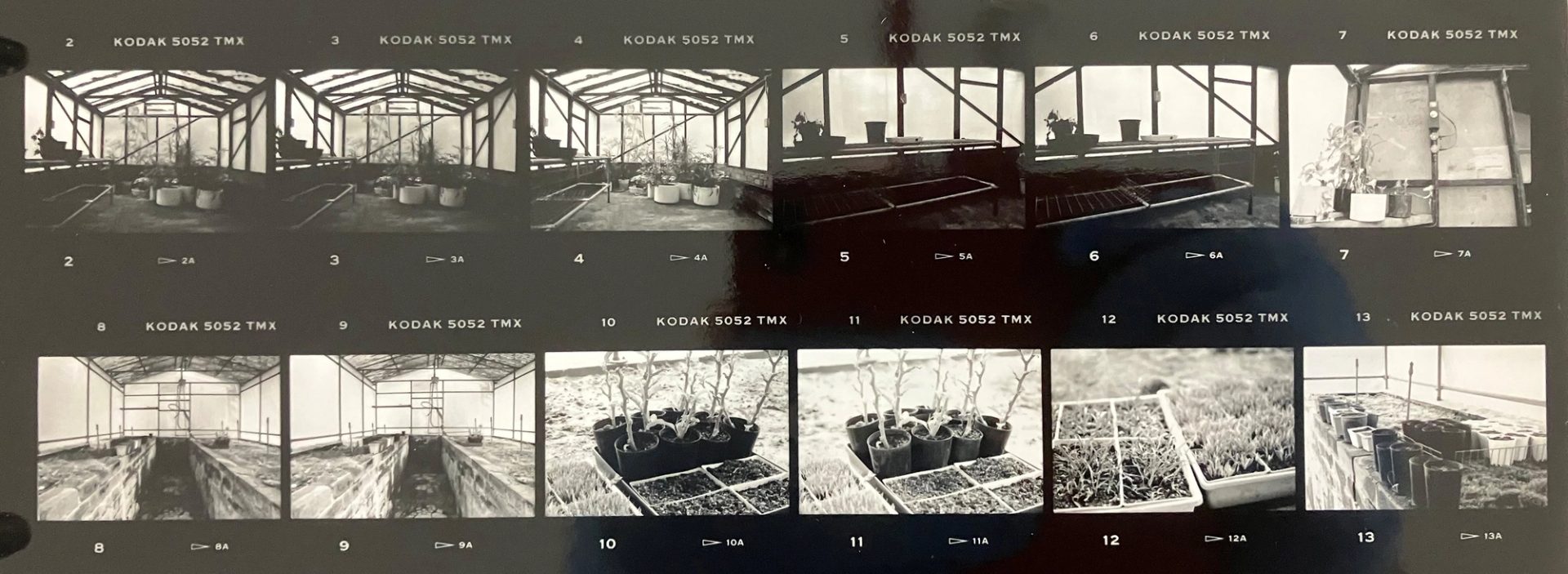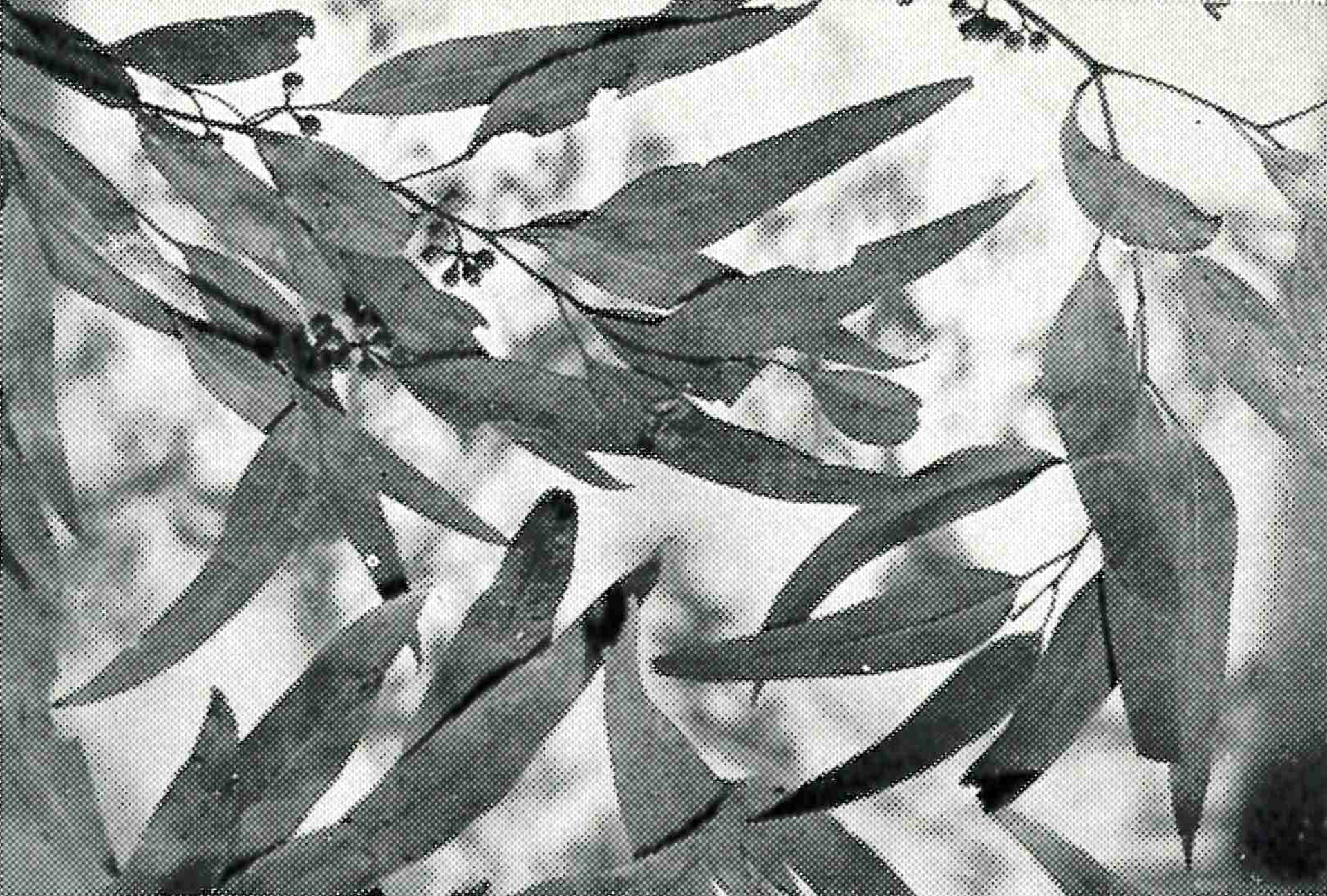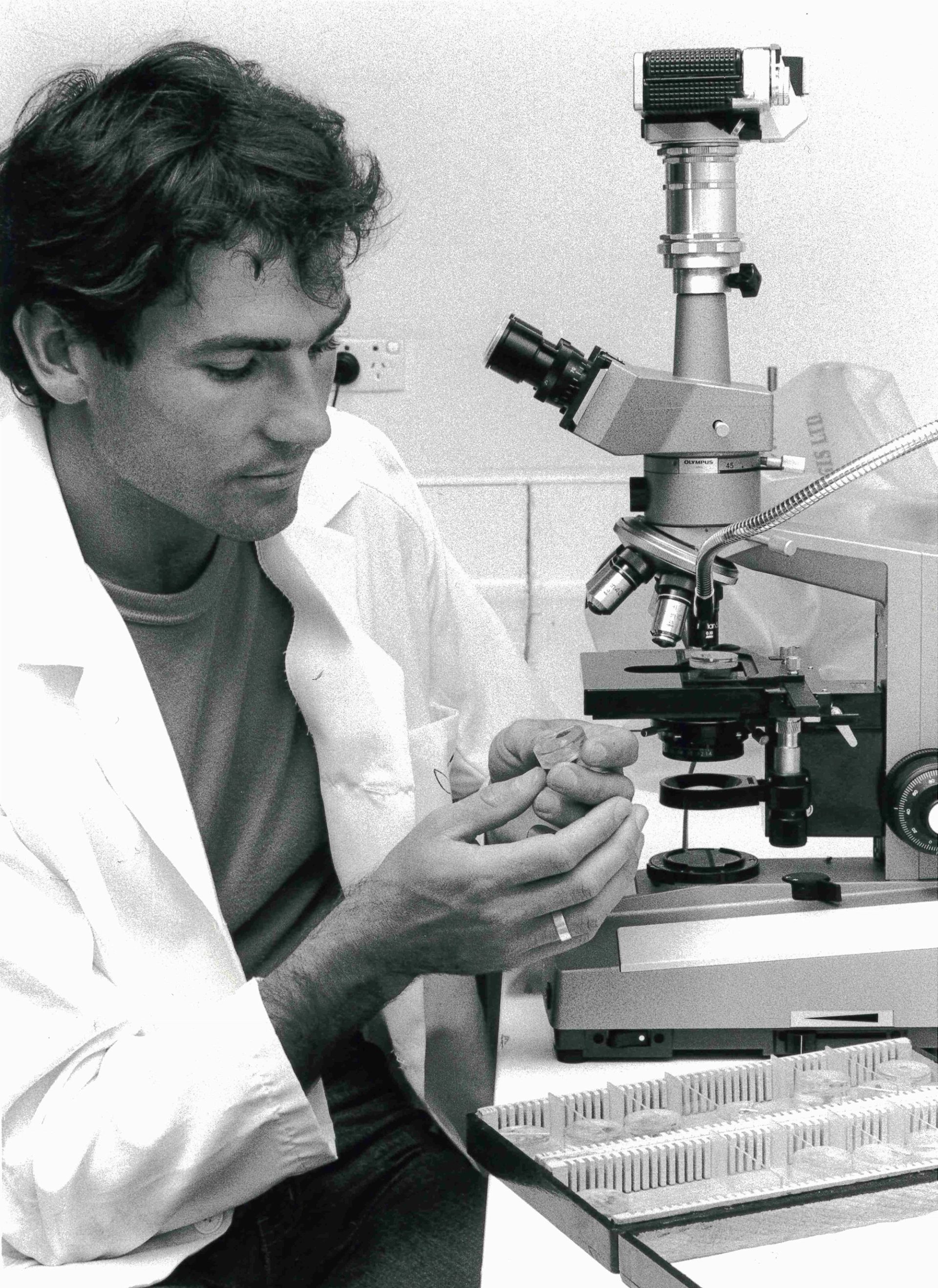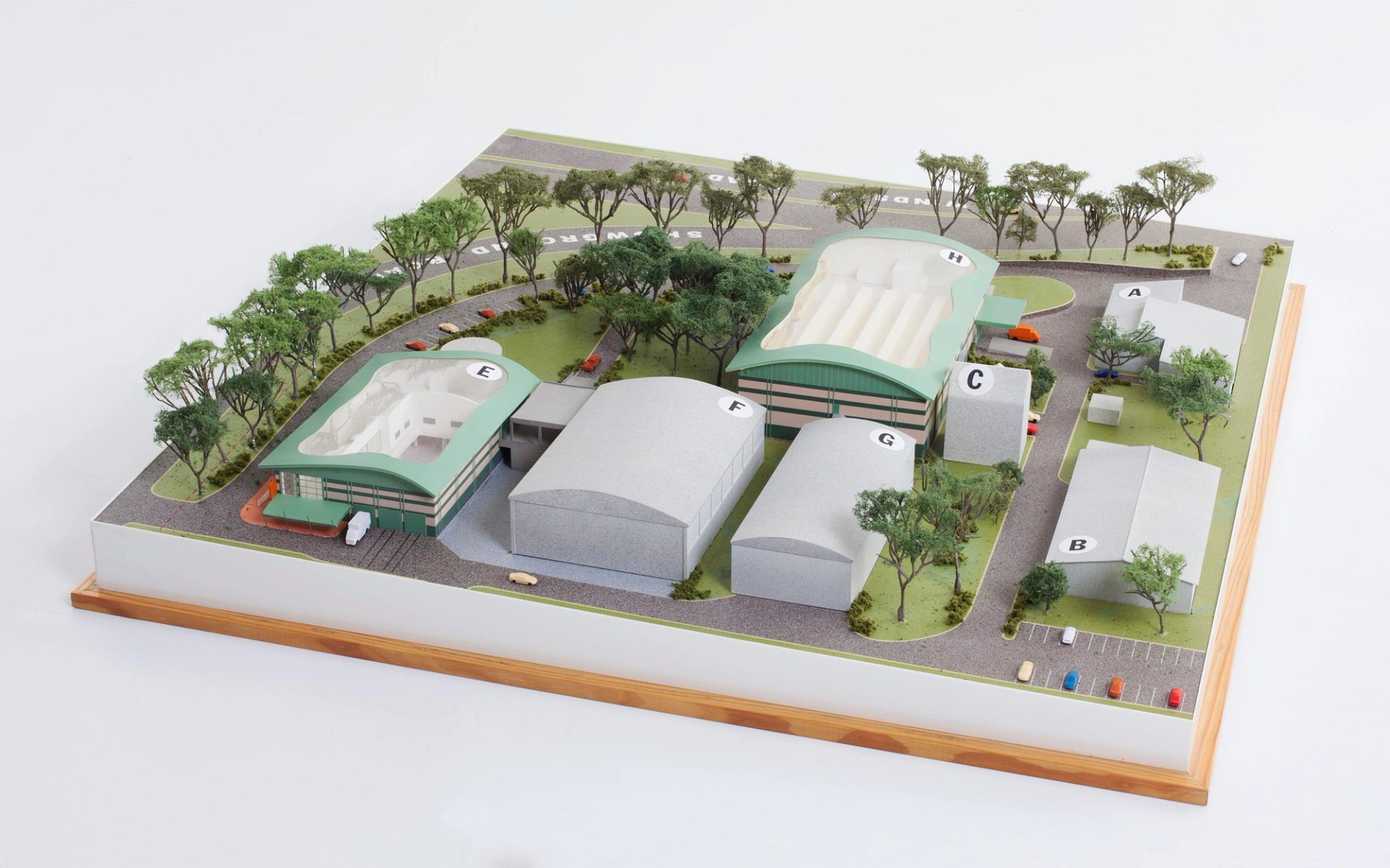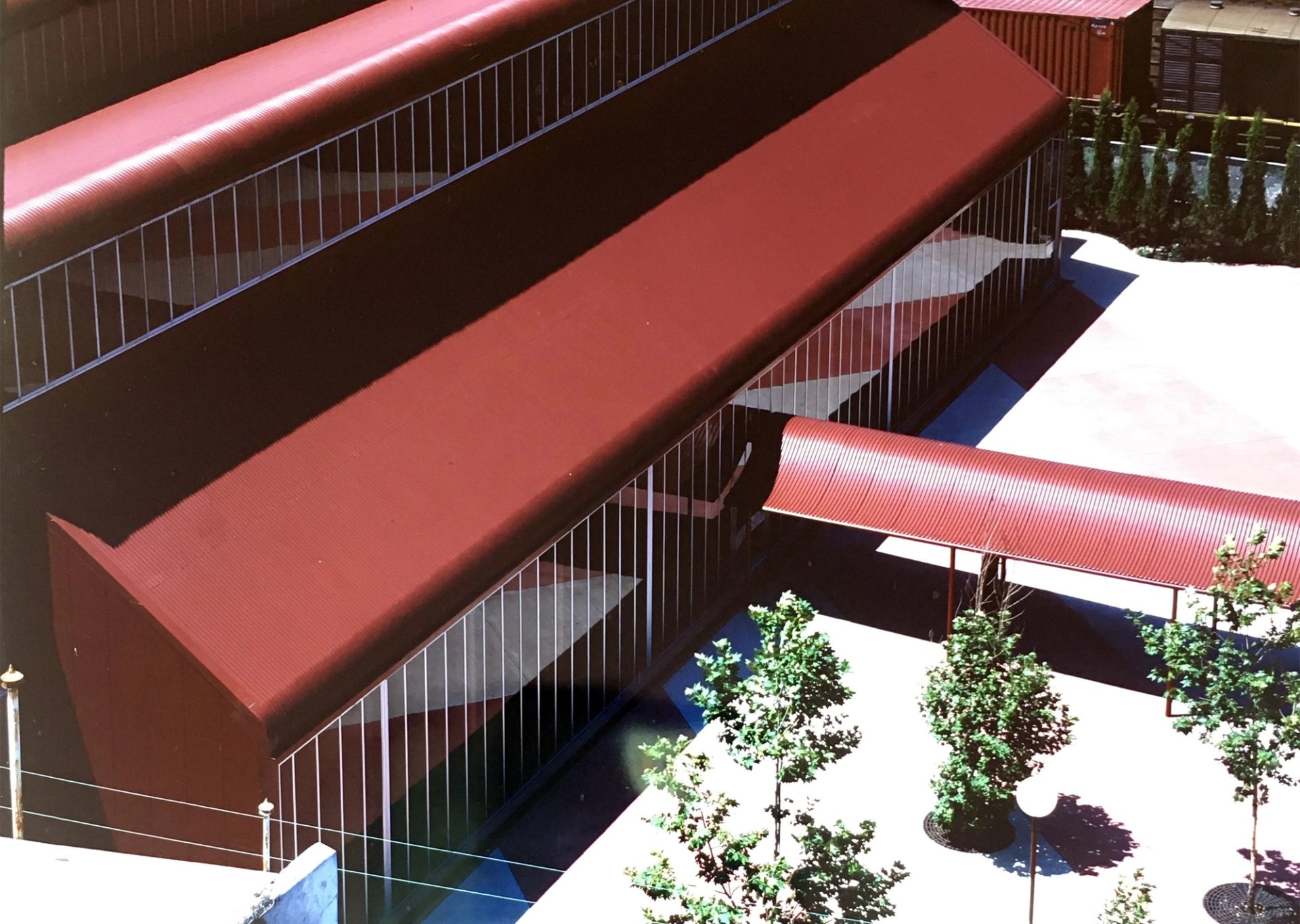Expanding Stories

‘It is very necessary that a chemical laboratory should be attached to the proposed Museum, so that new and other raw materials, as well as waste products likely to be useful ... may be examined and made the subject of experiment’

Changing Ecosystems
The earliest vision of Sydney's Technological, Industrial and Sanitary Museum, articulated by Prof Liversidge and realised by Joseph Henry Maiden, was of an ‘economic’ museum concerned with the 'science of everyday life', a museum that 'would not only display raw and manufactured products, but would research them as well'.
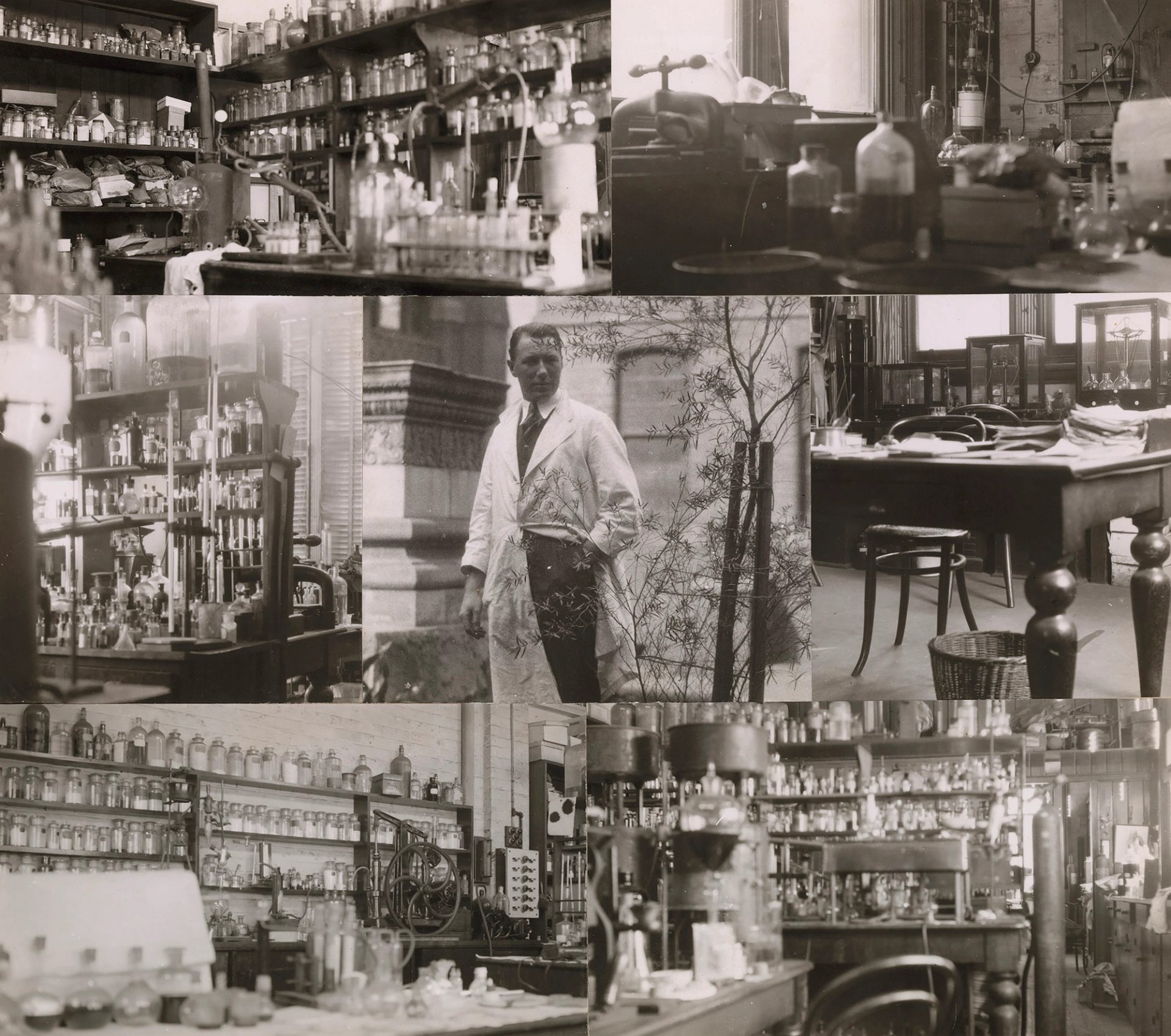
In an early Annual Report – covering 1880 – J H Maiden noted the museum’s intention ‘to employ the laboratory for the prosecution of original chemical and physical research with especial reference to the utilisation of the products of New South Wales and Australia generally'. This meant the museum needed large quantities of material to investigate and, from 1886, Maiden began to organise a systematic collection of native plant samples, including bark, leaves, flowers and gums.
Between 4 May 1890 to 30 June 1905, botanist William Baeuerlen collected extensively in New South Wales covering sites including Lismore, Tintenbar, Ballina, Braidwood; north of Wilcannia, Mt Kosciuszko and the Snowy River, Batemans Bay, the Blue Mountains, Bathurst; Nyngan, Hay, between Condobolin and Grenfell, Narrabri, Tenterfield, Wellington and from Cobar to Mt Hope – as well as eastern Victoria, the continent’s north-east, and a little of south-east Queensland. Eucalyptus baeuerlenii is named for him.

‘… The museum carried out significant chemical and botanical research into Australian plants from 1881 to 1979, just shy of a century of major scientific study [...] This research has had a long-lasting legacy in its contribution to the transformation of the Australian essential oil industry from cottage operations in the bush to sophisticated modern enterprises’
In the 1950s, the plantation was identified as preserving a seed orchard for different tree species and chemical types. Betteridge noted the evolution of the site: ‘by the early 1960s most of the Castle Hill site had been planted out with trees and shrubs for phytochemical research, with only a small area of Cumberland Plain Woodland ecological community remaining along the northern boundary'.
‘I have many happy memories of the site, and it is now so very special to me to be able to walk through the site again, reaching out and listening to the wind in the trees that are part of my Dad. Each row of 20 planted trees was a different species, not always from provenance (that is, Indigenous to the area). There were row upon row of different species all identified by a marker (like at the Botanical Gardens) indicating species, variety, source site, date of planting, date of pruning and any other relative data for the purpose of identifying which variety gave the best volume and quantity of essential oil’
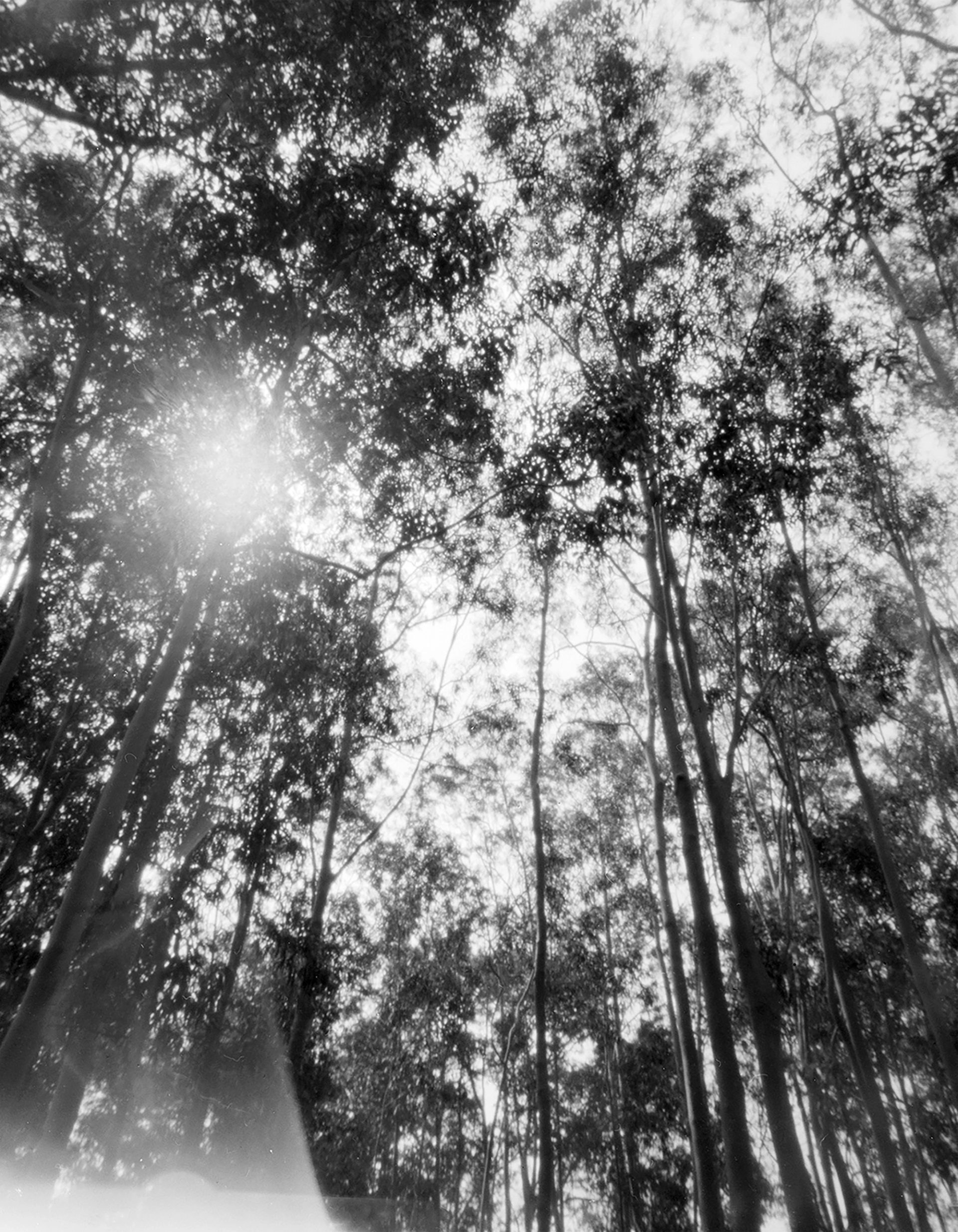
In the 1970s, two reviews commissioned by the NSW Public Service Board query the Museum’s research output and impact. No other science or technology museum in the world is found to include botany and chemistry as ‘an integral part’ of its operations. Laboratory resources are retained following the first report in 1972.
In 1979, the NSW Science and Technology Council recommends that research into essential oils at the museum be terminated and staff redeployed or relocated. Responsibility for technical advice is transferred to the Department of Agriculture.

Storing Objects
Throughout the 1900s, the museum required external storage for most of the objects in its collections. Storage locations included 547 Kent Street, the Massey Harris Building, the E G Glass Building, Bradford Cotton Mills and the Alexandria Wool Store, as well as properties in Redfern, Arncliffe, Jones St Ultimo, Castle Hill, Eveleigh and Bankstown.

Estimates of the storage and floor space required by the museum expand over time, from 10,000 sq ft in 1883 to 50,000 sq ft in the mid-1880s, 100,000 sq feet in the late 1930s and 500,000 sq ft in the 1940s.

From the late 1970s, various buildings at Castle Hill become the central storage facility for the collections of both the Museum of Applied Arts and Sciences and the Australian Museum.

In September 1978, Building A at Castle Hill opened It is a two-storey building containing a workshop and collection conservation space.
With the relocation of the conservation lab to Castle Hill in 1980, and the closure of the museum’s other laboratories, the museum’s focus turned to ‘the social implications of research – the role of innovation, health and well being, telecommunications and information technology … Emphasis shifted from the concept of a ‘commercial museum’ for potential entrepreneurs and an industrial museum for talented artisans, to a museum of commodities in which all visitors are consumers to be entertained, as well as educated … science and research in the museum have thereby become objects of study rather than modes of practice.’

‘A rigid separation of the museum into two parts: an exhibition series presented simply, logically and attractively for the benefit of those who have no knowledge of the subject treated and; reserve collections arranged and indexed for study purposes’

Throughout the 1980s, subsequent buildings (B, C and G) were completed at Castle Hill; Buildings E, F and H – and the Discovery Centre – were completed in the 2000s. Many trees from the research plantation’s earliest plantings were removed during construction of these buildings and the neighbouring TAFE.
By the last decades of the 20th century, only four per cent of the museum's collection was on show at any one time. This echoed Arthur Penfold’s suggestion, fifty years earlier, that 90 per cent of the museum’s collections should go into storage – regularly rotated for display and augmented by working models, dioramas and film when they are presented.
A Working Storehouse
The model is a three-dimensional representation of the museum's land and buildings at Castle Hill. Its primary significance is concerned with the spatial arrangement of the new and old display and storage facilities, and how the layout of the buildings enhances public accessibility to the site. The site change from scientific research to the storage and display of a range of objects in the museum's collection [in 1979] was a momentous change for the museum and the model was intended to show these major changes to the site.
In 2021, plans for a new Museum Discovery Centre at Castle Hill received approval. This new site, incorporating a large open storage system, shifts the focus for the Castle Hill site from research to collection, increasing opportunities for public interaction through expanded exhibition space. It creates space with innate flexibility, a new living edge for the institution.
‘For the first time in the 143-year history of Powerhouse, all our collection of more than 500,000 objects will be consolidated on the one site and co-located with conservation, registration and curatorial teams’

In 2020, plans for Building J, a 10,000 sqm expansion of storage and conservation facilities at Castle Hill received approval. In spring 2023, one of the southern hemisphere's largest cycloramas was installed and operational on site in Castle Hill.
Measuring 10m by 9m by 5m high, with a 4.8m turntable that can carry up to 4 tonnes, this device also features a fixed gantry allowing objects in the museum’s collection to be photographed and filmed from directly overhead. This augments another stage of sharing and display for the museum’s half-million objects.





















